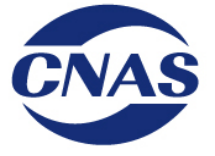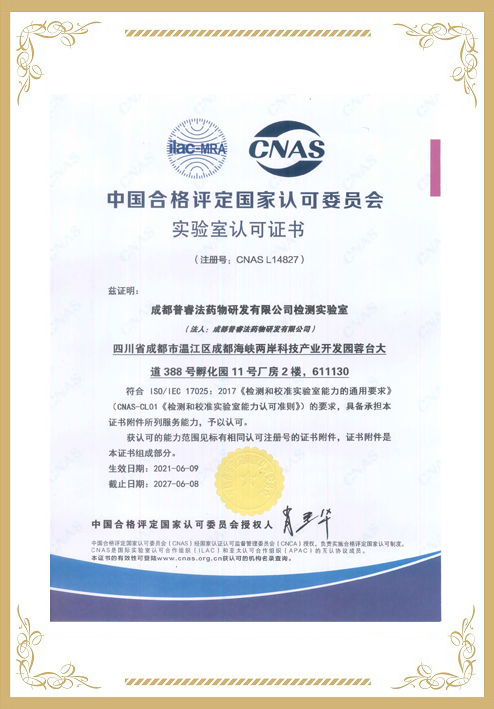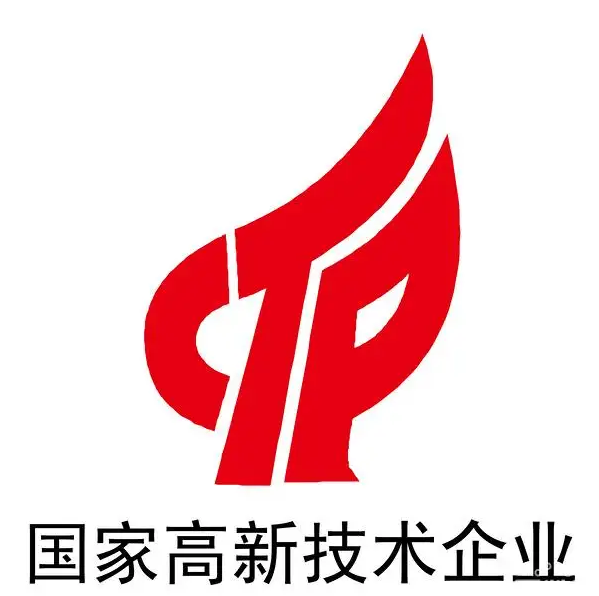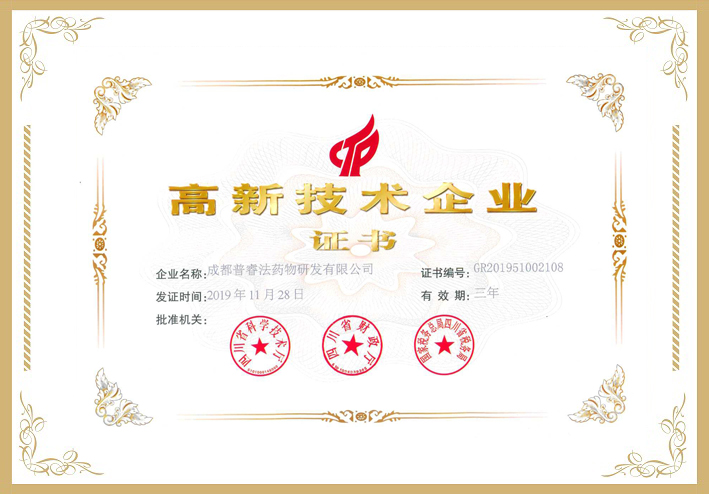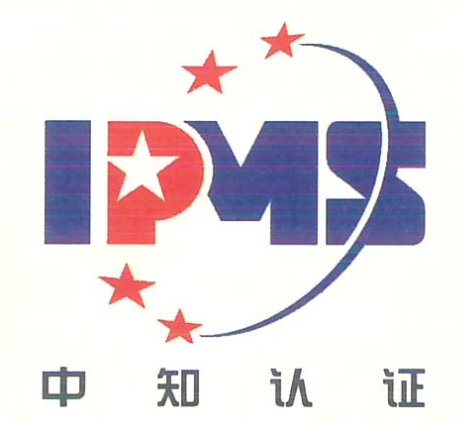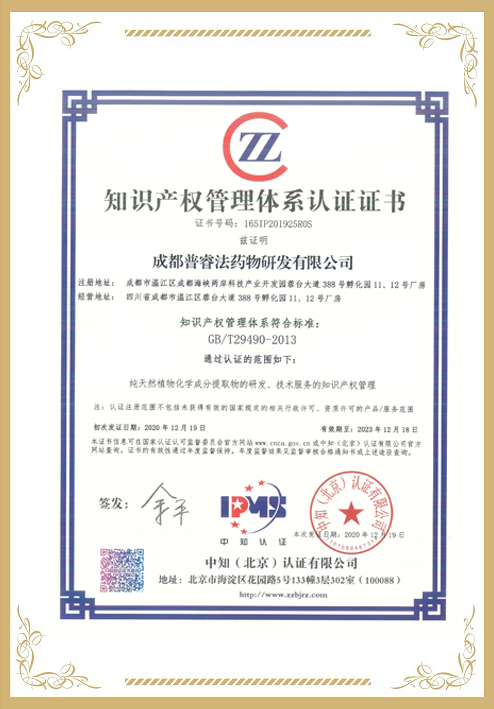Ethnopharmacological relevance
Dachuanxiong Formula (DCXF) is a classical Chinese medicine prescription and is composed of dried rhizomes from Ligusticum striatum DC. (Chuanxiong Rhizoma) and Gastrodia elata Bl. (Gastrodiae Rhizoma) at the ratio of 4:1 (w/w). It has been used as Chinese medicine prescription for thousands of years. DCXF is used traditionally to treat many diseases, including migraine, atherosclerosis and ischemic stroke.
Aim of the study
This study aimed to investigate the effects of DCXF on pain response in migraine mice, and the underlying mechanisms using proteomics and bioinformatics analyses.
Materials and methods
DCXF extract was prepared by mixing Chuanxiong Rhizoma and Gastrodiae Rhizoma at a mass ratio of 4:1 (w/w). After extraction, the extract was filtered prior to high performance liquid chromatography (HPLC) analysis. Nitroglycerin (NTG) was used to establish a mouse migraine model, and a behaviour study was conducted by hot plate test. In addition, proteomics and bioinformatics studies were conducted to investigate the mechanisms of DCXF-mediating anti-migraine treatment.
Results
Our results showed that there were significant differences in the latencies between NTG-treated and DCXF low dose- and high doses-treated groups at 30 min after NTG injection, this suggested that DCXF could ameliorate pain response in migraine mice. Besides, the plasma levels of endothelin-1 were also measured. NTG group significantly enhanced the endothelin-1 level compared to the control group. In contrast, DCXF low dose and high dose groups significantly reduced this level compared to NTG group. In addition, the underlying mechanisms were also investigated. Our results demonstrated that the anti-migraine treatment of DCXF was highly associated with fatty acid synthesis, suggesting that DCXF ameliorated pain response through reducing endothelin-1 level and regulating fatty acid synthesis.
Conclusions
The present study revealed the anti-migraine effect of DCXF in migraine mice and provided insights into the mechanisms of DCXF-mediating anti-migraine treatment.
















